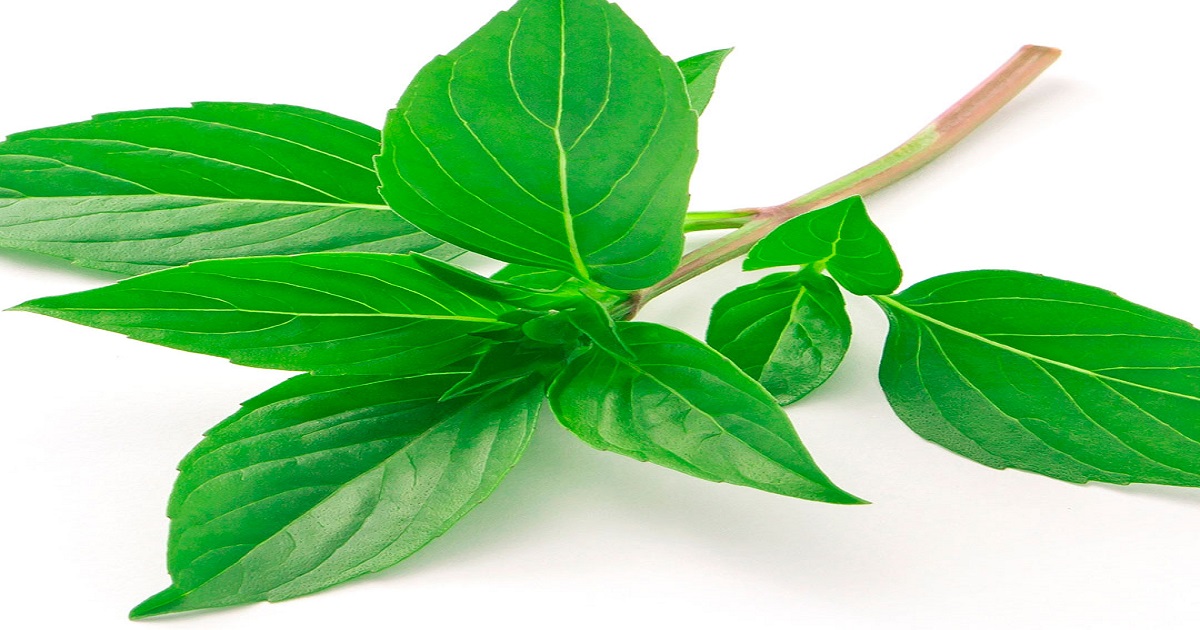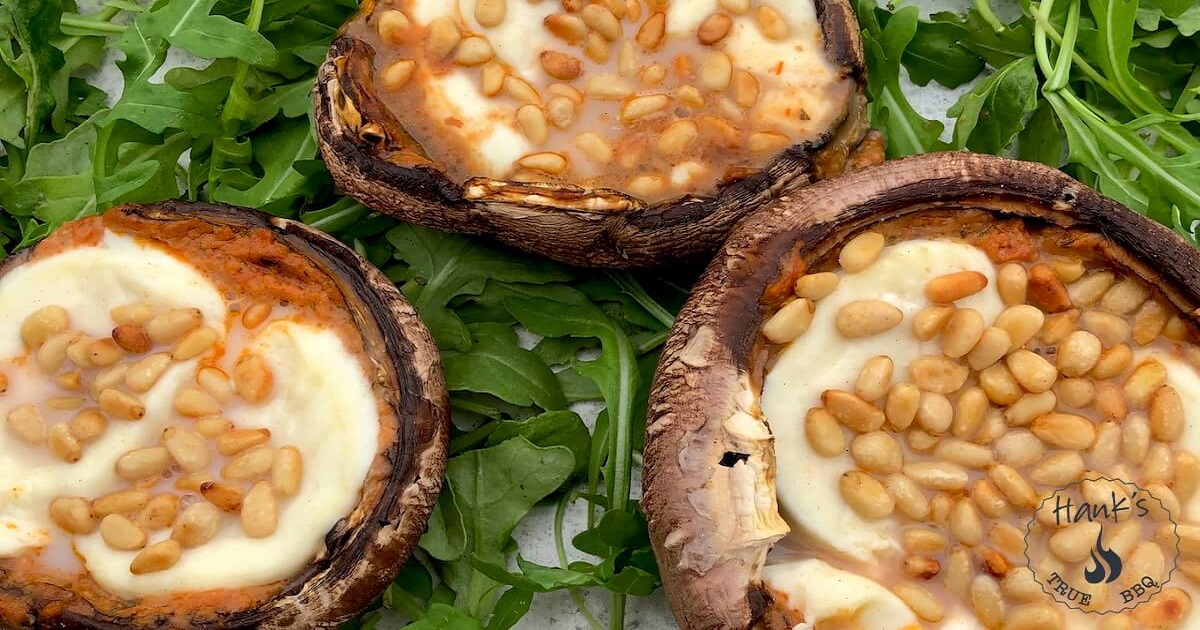Introduction to Lasée
What is Lasée?
Lasée is a fascinating and versatile ingredient that has been gaining popularity in recent years. Known for its unique flavor and myriad health benefits, Lasée is slowly making its way into kitchens and health stores worldwide.
Origin and History of Lasée
Lasée has a rich history, originating from the lush regions of Southeast Asia. Historically, it was used both as a staple in traditional diets and a crucial component in ancient medicinal practices. Over time, Lasée has traveled across continents, adapting to various climates and culinary traditions.
The Unique Characteristics of Lasée
Physical Appearance
Lasée is easily recognizable by its vibrant green color and distinct shape. Its leaves are broad and slightly serrated, often used in both fresh and dried forms.
Flavor Profile
The flavor of Lasée is a delightful mix of sweet and savory, with subtle hints of earthiness. This unique profile makes it a versatile addition to a variety of dishes, from soups and salads to main courses.
Nutritional Value
Packed with essential vitamins and minerals, Lasée is a nutritional powerhouse. It is rich in vitamins A, C, and K, along with important minerals like calcium, magnesium, and iron. Additionally, it provides a good amount of dietary fiber, promoting overall health.
Cultivation of Lasée
Ideal Growing Conditions
Lasée thrives in warm, humid climates with well-drained soil. It requires ample sunlight and regular watering to flourish. Typically grown in tropical and subtropical regions, it can be cultivated year-round under the right conditions.
Harvesting Techniques
Harvesting Lasée involves careful handpicking to avoid damaging the plant. The best time to harvest is early in the morning when the leaves are at their freshest. Regular harvesting encourages new growth and ensures a continuous supply.
Common Pests and Diseases
Like any crop, Lasée is susceptible to pests and diseases. Common challenges include aphids, caterpillars, and fungal infections. Integrated pest management and organic farming practices are effective in maintaining healthy crops.
Culinary Uses of Lasée
Traditional Recipes
In traditional Southeast Asian cuisine, Lasée is a beloved ingredient. It is often used in soups, stews, and stir-fries, adding a unique depth of flavor. One popular dish is Lasée soup, a nourishing broth made with fresh leaves, vegetables, and spices.
Modern Culinary Innovations
Modern chefs are experimenting with Lasée, incorporating it into a range of innovative dishes. From gourmet salads to fusion cuisine, Lasée’s versatility is being celebrated in contemporary culinary circles.
Pairing Lasée with Other Ingredients
Lasée pairs well with a variety of ingredients, enhancing both savory and sweet dishes. It complements proteins like chicken and fish, as well as fruits such as mango and pineapple. This adaptability makes it a favorite among chefs and home cooks alike.
Health Benefits of Lasée
Essential Vitamins and Minerals
Lasée is a nutritional powerhouse, offering an abundance of vitamins and minerals essential for health. It is particularly high in vitamins A and C, which support immune function and skin health.
Antioxidant Properties
The leaves of Lasée are rich in antioxidants, which help combat oxidative stress and reduce inflammation. This makes it an excellent addition to a diet aimed at promoting longevity and preventing chronic diseases.
Role in Digestive Health
Lasée’s high fiber content aids in digestion and helps maintain a healthy gut. Regular consumption can alleviate digestive issues such as constipation and support overall gastrointestinal health.
Lasée in Traditional Medicine
Historical Uses
Historically, Lasée has been used in traditional medicine for its healing properties. It was often utilized to treat ailments such as digestive disorders, respiratory issues, and skin conditions.
Contemporary Applications
Today, Lasée continues to be valued in natural medicine. Its anti-inflammatory and antioxidant properties are harnessed in herbal remedies and dietary supplements, promoting overall well-being.
Environmental Impact of Lasée Cultivation
Sustainable Farming Practices
Sustainable farming practices are crucial for the cultivation of Lasée. Organic farming, crop rotation, and the use of natural fertilizers help preserve soil health and reduce environmental impact.
Impact on Local Ecosystems
Lasée cultivation, when done sustainably, supports local ecosystems by promoting biodiversity and preventing soil degradation. It can also provide habitat for beneficial insects and wildlife.
Economic Significance of Lasée
Role in Local Economies
Lasée plays a significant role in the economies of the regions where it is grown. It provides income for small-scale farmers and contributes to local food security.
Global Market Trends
The global demand for Lasée is on the rise, driven by its health benefits and culinary versatility. As awareness grows, so does its presence in international markets, offering new economic opportunities for producers.
Buying and Storing Lasée
Selecting Fresh Lasée
When buying Lasée, look for vibrant green leaves free of blemishes or signs of wilting. Freshness is key to ensuring the best flavor and nutritional value.
Proper Storage Techniques
To store Lasée, keep it in a cool, dry place, ideally in the refrigerator. Wrap the leaves in a damp cloth or store them in an airtight container to prolong freshness.
Cooking Tips for Lasée
Preparation Methods
Preparing Lasée is simple. Rinse the leaves thoroughly to remove any dirt, then chop or tear them as needed. They can be used raw in salads or cooked in various dishes.
Cooking Techniques
Lasée can be steamed, sautéed, or added to soups and stews. To retain its nutrients, avoid overcooking. A quick sauté with garlic and olive oil is a popular and delicious way to enjoy it.
Common Mistakes to Avoid
One common mistake is overcooking Lasée, which can make it mushy and diminish its nutritional value. Another is not washing the leaves thoroughly, which can result in a gritty texture.
Lasée in Popular Culture
References in Literature and Media
Lasée has made appearances in literature and media, often depicted as a symbol of health and vitality. Its cultural significance is celebrated in various forms of art and storytelling.
Cultural Significance
In many cultures, Lasée is more than just a food item. It holds cultural and symbolic value, often associated with health, prosperity, and community.
Lasée: A Global Perspective
Popularity in Different Cuisines
Lasée’s popularity spans across different cuisines, from Asian to Western dishes. Its adaptability and unique flavor make it a beloved ingredient worldwide.
Export and Import Dynamics
As demand for Lasée grows, so does its presence in global trade. Understanding the dynamics of its export and import can help consumers appreciate the journey from farm to table.
Challenges in Lasée Cultivation and Trade
Climatic Challenges
Climate change poses a significant challenge to Lasée cultivation. Unpredictable weather patterns and extreme conditions can affect crop yields and quality.
Economic and Trade Barriers
Economic and trade barriers, such as tariffs and trade restrictions, can impact the global distribution of Lasée. Navigating these challenges requires strategic planning and international cooperation.
Future of Lasée Cultivation
Innovations in Farming Techniques
Advancements in farming techniques, such as hydroponics and vertical farming, hold promise for the future of Lasée cultivation. These innovations can enhance yield and sustainability.
Potential Market Growth
With growing awareness of its health benefits, the market for Lasée is expected to expand. This presents opportunities for farmers, retailers, and consumers alike.
Conclusion
Lasée is a remarkable ingredient with a rich history and bright future. Its unique flavor, nutritional value, and versatility make it a cherished addition to kitchens and health routines around the world. As we continue to explore its potential, Lasée stands out as a testament to the power of nature’s bounty.



